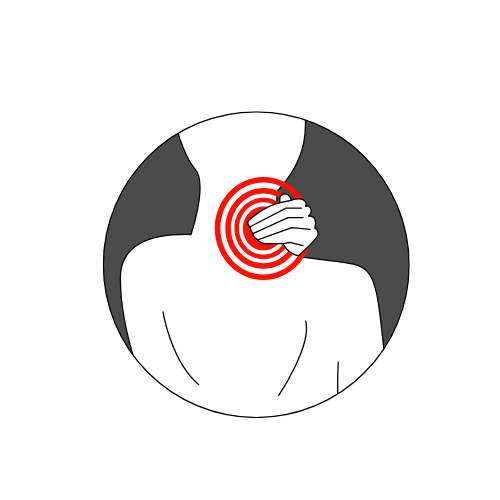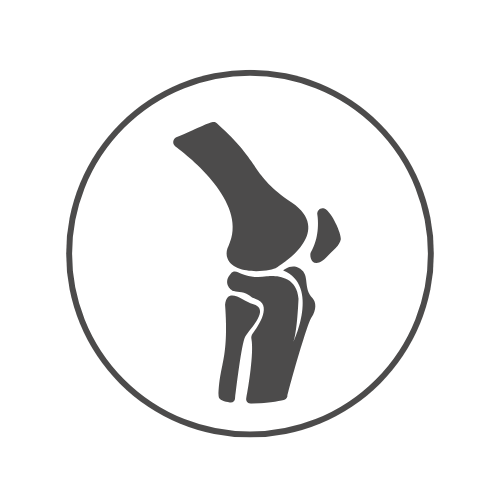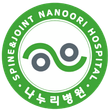Nanoori Hospital Spine and Orthopedic Surgery
We Welcome
Local Expats
Travelers
International Patients
At Nanoori Hospital, our most frequently treated procedures include advanced spine surgeries, total joint replacements, and minimally invasive orthopedic treatments. We specialize in lumbar disc herniation surgeries, cervical spine treatments, and knee and hip joint replacements. Our expert team utilizes cutting-edge techniques to ensure quick recovery and optimal outcomes for our patients.
Regain Comfort. Move with Confidence.
Not sure what treatment you need?
Fill out this quick form and get expert guidance from our orthopedic specialists — personalized just for you.
📋 Fast. Secure. Takes less than 30 seconds.
Contact Us
"World-Class Spine & Orthopedic Care,
Trusted by Patients Worldwide"
Gangnam Nanoori Hospital is a globally recognized center for spine surgery and orthopedic care. Patients from across the globe choose us for our advanced and specialized treatments. Our expert team is dedicated to providing world-class care, ensuring optimal outcomes for every patient. With cutting-edge technology and personalized treatment plans, we cater to international patients seeking top-quality medical solutions. Experience exceptional spine and orthopedic care at Gangnam Nanoori Hospital, where your health is our commitment.
The Department of Orthopedic Surgery at Nanoori Gangnam Hospital, a leading center in South Korea, provides comprehensive, exceptional orthopedic care to every patient. From precise diagnosis to the development of a personalized treatment plan and thorough post-operative care, we are committed to achieving the best possible outcomes. Our orthopedic doctors and surgeons bring extensive training, experience, and expertise in treating conditions, abnormalities, and deformities of the musculoskeletal system.
We provide specialized care for both local foreigners and international patients. Our clinic accepts Korean National Insurance for local foreigners, as well as international health insurance. Experience seamless, comprehensive medical coverage for all your treatment needs.
International patients visiting for various purposes
- Did your last adventure in Seoul leave you with a twisted ankle? 🦵
- Crack your bones? Let’s fix 'em, not break 'em! 💥
- Wrist pain from too much mouse-clicking? We’ve got the cure! 🖱️💪
- Traveling in Seoul and feeling the strain? We’re your orthopedic pit stop! 🌏🚶♂️
- Did that K-pop dance move leave you with a sore knee? We can help! 💃🦵
- Bend it like Beckham, but only with no pain! Need help with your joints? ⚽👣
- Got a crick in your neck from looking up at Seoul’s skyline too long? 🏙️🙆♂️
- Are your legs sore from exploring Seoul’s beautiful streets? Let us help you walk again! 🏙️🚶♀️
- From Seoul’s hills to your hips – is it time for a check-up? 🏞️🦵
- Sore back from carrying your shopping bags? We’ve got your spine covered! 🛍️🦴
ihc_info@mfnanoori.co.kr
Office
731, Eonju-ro, Gangnam-gu,
Seoul, South Korea.
Specialty Clinics
BACK PAIN
Describe some quality or feature of the company. Write a short paragraph about it and choose an appropriate icon.
SPORTS MEDICINE
Describe some quality or feature of the company. Write a short paragraph about it and choose an appropriate icon.
HIP
Describe some quality or feature of the company. Write a short paragraph about it and choose an appropriate icon.
KNEE
Describe some quality or feature of the company. Write a short paragraph about it and choose an appropriate icon.
ELBOW
Describe some quality or feature of the company. Write a short paragraph about it and choose an appropriate icon.
01
Spine Surgery
Nanoori Hospital’s orthopedic specialists are skilled in treating various spinal disorders, such as herniated discs, spinal stenosis, and degenerative spine diseases. The department emphasizes minimally invasive surgical techniques, allowing for precise treatment with smaller incisions, less pain, and quicker recovery times. Their advanced facilities enable patients to receive safe, effective spine care with the goal of restoring mobility and reducing discomfort.
02
Joint Surgery
Focused on joint health and mobility, Nanoori Hospital offers comprehensive joint surgeries, particularly for the knee and hip. These include partial and total joint replacements, cartilage repair, and minimally invasive procedures that help preserve as much natural tissue as possible. With a highly skilled team of surgeons and state-of-the-art joint implants, Nanoori provides tailored treatment plans that aim to relieve pain, restore function, and enhance the quality of life for patients with chronic joint conditions.
03
Shoulder and Upper Extremity Care
For patients experiencing shoulder, arm, and hand issues, Nanoori’s orthopedic team specializes in the diagnosis and treatment of injuries such as rotator cuff tears, tendonitis, and fractures. Advanced imaging and surgical techniques ensure accurate repairs, whether through arthroscopy or open surgery. Treatment plans include post-operative rehabilitation to support full recovery and return to daily activities with improved arm function.
04
Concave Chest (Pectus Excavatum) Treatment
Nanoori Hospital offers specialized treatment for pectus excavatum, or "concave chest," which can impact both appearance and respiratory function. The orthopedic and thoracic specialists work closely to determine the best approach for each patient, offering both non-surgical and surgical treatments based on the severity of the condition. Minimally invasive corrective procedures, such as the Nuss procedure, are available to improve chest structure, alleviate breathing difficulties, and enhance physical appearance. Comprehensive care, including physical therapy, ensures a well-rounded recovery.
05
Rehabilitation Programs
Recognizing the importance of recovery beyond surgery, Nanoori offers comprehensive rehabilitation programs tailored to each patient’s needs. These programs focus on post-operative care, physical therapy, and injury rehabilitation to rebuild strength, improve mobility, and ensure long-term joint and spine health. The hospital’s dedicated physical therapists and rehabilitation specialists work closely with patients to develop a gradual, structured plan for recovery, enabling them to resume their everyday activities with confidence and stability.
Conditions We Treat
Herniated discs
Spinal stenosis
Degenerative disc disease
Scoliosis and kyphosis
Spinal fractures and injuries
Osteoarthritis (hip, knee, shoulder)
Rheumatoid arthritis
Meniscus tears
Cartilage damage
Ligament injuries (e.g., ACL, PCL)
Rotator cuff tears
Shoulder impingement
Frozen shoulder (adhesive capsulitis)
Tendonitis (shoulder, elbow)
Carpal tunnel syndrome
Muscle strains and sprains
Ligament tears (e.g., ACL, MCL)
Stress fractures
Tennis elbow and golfer’s elbow
Achilles tendon injuries
Plantar fasciitis
Ankle sprains
Achilles tendonitis
Bunions
Flat feet and other deformities
Bone fractures (simple and complex)
Dislocations
Soft tissue injuries
Trauma-related joint and ligament injuries
Our Team
Our medical team is highly trained and experienced, with each member fully dedicated to your care and recovery.
Nanoori Hospital Pectus Clinic
Email Inquiries: ihc_info@mfnanoori.co.kr


















